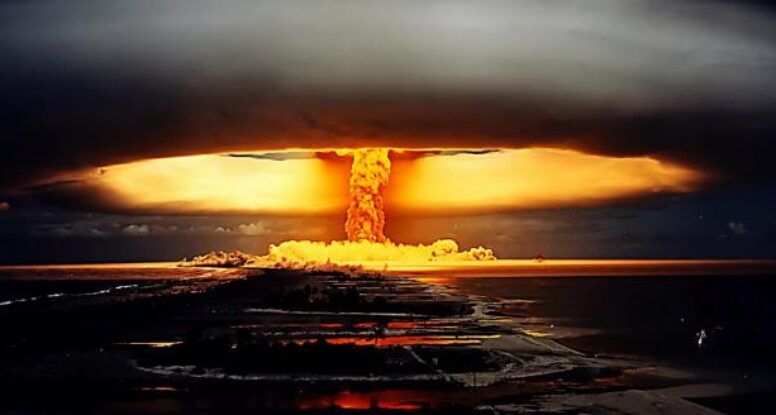
The Many Faces Of Radiation
“Radiation” is a catch-all term leftover from the late nineteenth century, before we knew much about physics. It is applied equally to various types of nuclear emissions and also to electromagnetic emissions, but these are not all the same.
Electromagnetic radiation includes a wide spectrum of wavelength, each with a different energy.
At one end of the spectrum are microwaves (harmless unless used in high enough intensity to heat you up) and radio (pretty much completely harmless). At the other end of the spectrum are X-rays and gamma rays, which contain enough energy per photon to break a chemical bond, and therefore potentially cause cancer or simply cell death. In the middle lies UV light, the shortest of which just barely has enough energy to influence chemical processes in living things enough to cause cell damage or cancer.
But, living things are not defenseless, and exposures are not magic death cooties. So while excessive exposure to UV light might cause sunburn and raise your cancer risk, you actually need a certain amount of exposure to maintain healthy vitamin-D and cholesterol levels, and an occasional x-ray is a valuable diagnostic tool.
Then we get into nuclear radiation.
Alpha and beta particles are basically naked helium nuclei and high energy electrons respectively. Either can break chemical bonds, but neither can penetrate even the outer dead layer of skin on a person. Both are harmless unless you eat or inhale them, in which case they might kill a few cells or possibly damage their DNA and induce cancer.
Neutrons, positrons, protons, and other nuclear particles can also do damage. Neutrons can even crack atoms in half and induce secondary radiation. However, unless you are exposed to intense radiation for a fair amount of time, these aren’t going to hurt you either.
The fact is, you have radioactive potassium in your bones. There may be radioactive uranium in your granite counter tops. The rocks and soil are radioactive everywhere on Earth, but that’s okay. In a few places (particularly, parts of Brazil, India, and Iran) they are over ten times as radioactive as the global average, yet people in those areas do not have higher rates of cancer.
Earth is a radioactive planet, and we evolved to cope with it. Radiation can break chemical bonds and so damage our cells and DNA, but our cells can repair themselves and can detect and sacrifice cells with damaged DNA.
Radiation can, when exposure is intense, be very dangerous indeed, but when exposure is low and spread out over a long time interval, it’s just not even worth worrying about.
By the way, per kilowatt hour generated, wind power kills five times as many people as nuclear power. Coal kills a thousand times as many.

There is also Galactic Cosmic Radiation as well such as ionizing (high energy) radiation seen in deep space–heavy, high-energy ions of elements having all their electrons stripped away as they travel through the galaxy at nearly the speed of light.
How the wind power kills people? What mechanisms are involved?
Mostly industrial accidents by installers and maintenance personnel.
When you say ”wind power kills people”, the meaning is not that one you detailed in your last comment, but that people that have nothing to do with the wind power. Your statement is just as true if referring to people killed by hurricanes or tornadoes… Because those killed in industrial accidents are work related accidents, not wind power related accidents.
Neither are deaths from nuclear. All of the figures I used are all inclusive, they include industrial accidents and bystander deaths attributable to that source.
Another thing in the “U” shaped curve category. Too little is a problem, too much is a problem. In the middle is Goldilocks saying just right.